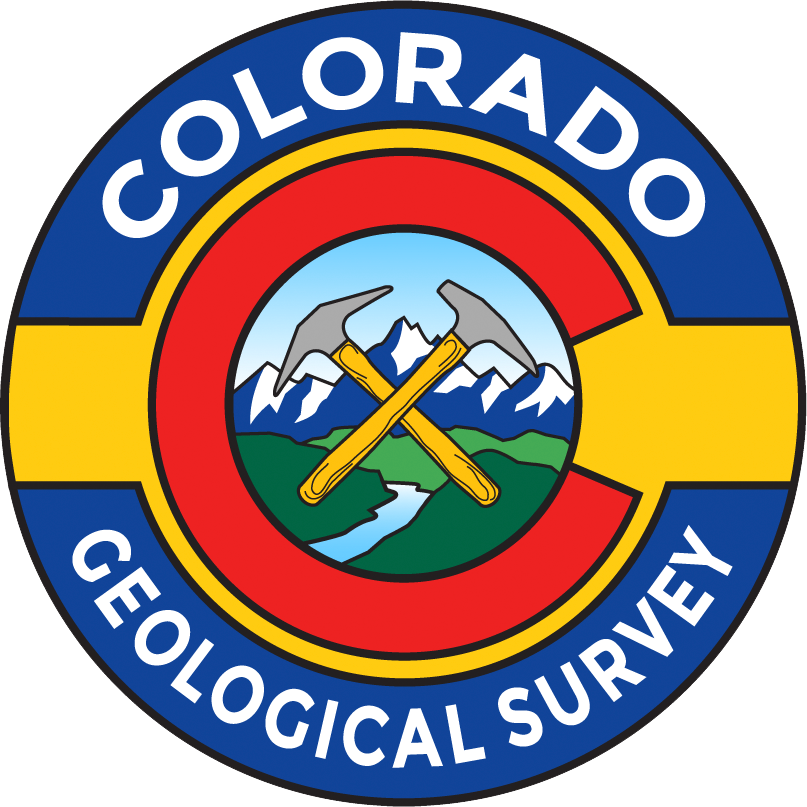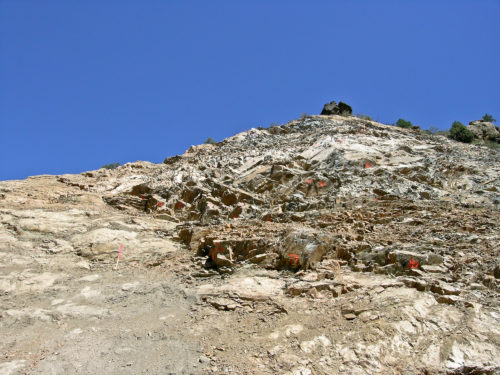
Case Study: Clear Creek Canyon rockslide
2005-06-21 | CGS Admin
Rockfalls and rock slides are common along transportation corridors in the Rocky Mountains. Clear Creek Canyon just west of Golden is one of the most active rockfall areas in Colorado. The canyon has been cut into Precambrian schists and gneisses by Clear Creek, one of the primary drainages in the Denver area. Rockfalls occur every year in the canyon in response to freezing and thawing, snowmelt, and intense or prolonged rainfall. Historical rockfalls have ranged in size from small (less than an inch (several cm) in diameter) individual rocks to large boulders up to 10-13 ft (3-4 m) in diameter.
A high-profile rockslide event occurred on June 21, 2005 along U.S. Highway 6 in Clear Creek Canyon, approximately 10 miles (16 km) west of Golden, CO. Around 11 AM, 2,000 cubic yards (1500 m3) of rock slid from a pre-existing road cut on the north side of the road and completely covered the road. Two tractor-trailers were caught in the rockslide and were pushed off the road by the debris. The tractor-trailers were themselves totaled but the drivers sustained only minor injuries.

The geology at this location consists of Precambrian metamorphic schist and gneiss, which has been subsequently intruded (cut through by molten rock) with granitic pegmatite dikes. Unfortunately, one of these thin pegmatite dikes that had intruded into the metamorphic rocks was steeply inclined toward the roadway. When the magma intruded the metamorphic rocks and solidified into the granitic pegmatite, the contact between the two rock types became “baked” and the mineralogy and texture of the rock was changed. This “baked” contact zone weathered to produce a transition of clay-rich material. The clayey zone was structurally weak, providing a plane for the rocks above to detach from the underlying rocks and produce this large rock slide.
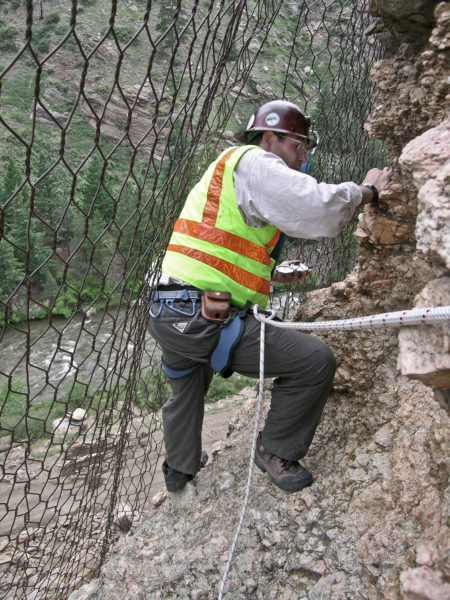
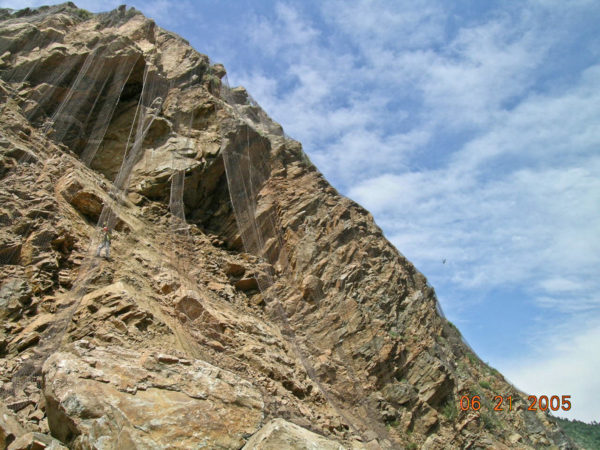
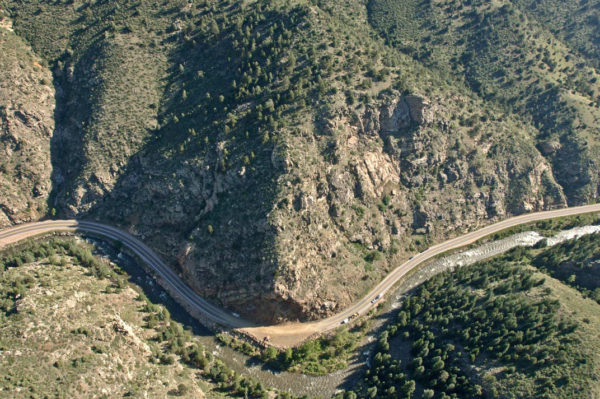
To mitigate the unstable rock slope remaining after the slide, approximately 35,000 cubic yards (26,800 m3) of rock had to be excavated by blasting. The slope was laid back to an angle of 45 degrees, and rock reinforcement anchors were installed into the slope to enhance stability. Wire mesh was then draped over the slope to help control any small rocks that will inevitably get loose. The cost to remove the rock and repair the road was 3.2 million dollars, more than the typical annual state budget for rockfall mitigation at the Colorado Department of Transportation (CDOT)! By the middle of September 2005, after the longest full road closure in Colorado’s history, the road was reopened to traffic.


Categories & Tags
Categories
Tags
2000s, case study, Clear Creek, hazards, landslide, metamorphic, pegmatite, Precambrian, rockfall, RockTalk
